
Overcoming the Pitfalls of Vision-Language Model Finetuning for OOD Generalization
Existing vision-language models exhibit strong generalization on a variety of visual domains and tasks. However, such models mainly perform zero-shot recognition in a closed-set manner, and thus struggle to handle open-domain visual concepts by design. There are recent finetuning methods, such as prompt learning, that not only study the discrimination between in-distribution (ID) and out-of-distribution (OOD) samples, but also show some improvements in both ID and OOD accuracies. In this paper, we first demonstrate that vision-language models, after long enough finetuning but without proper regularization, tend to overfit the known classes in the given dataset, with degraded performance on unknown classes. Then we propose a novel approach OGEN to address this pitfall, with the main focus on improving the OOD GENeralization of finetuned models. Specifically, a class-conditional feature generator is introduced to synthesize OOD features using just the class name of any unknown class. Such synthesized features will provide useful knowledge about unknowns and help regularize the decision boundary between ID and OOD data when optimized jointly. Equally important is our adaptive self-distillation mechanism to regularize our feature generation model during joint optimization, i.e., adaptively transferring knowledge between model states to further prevent overfitting. Experiments validate that our method yields convincing gains in OOD generalization performance in different settings.
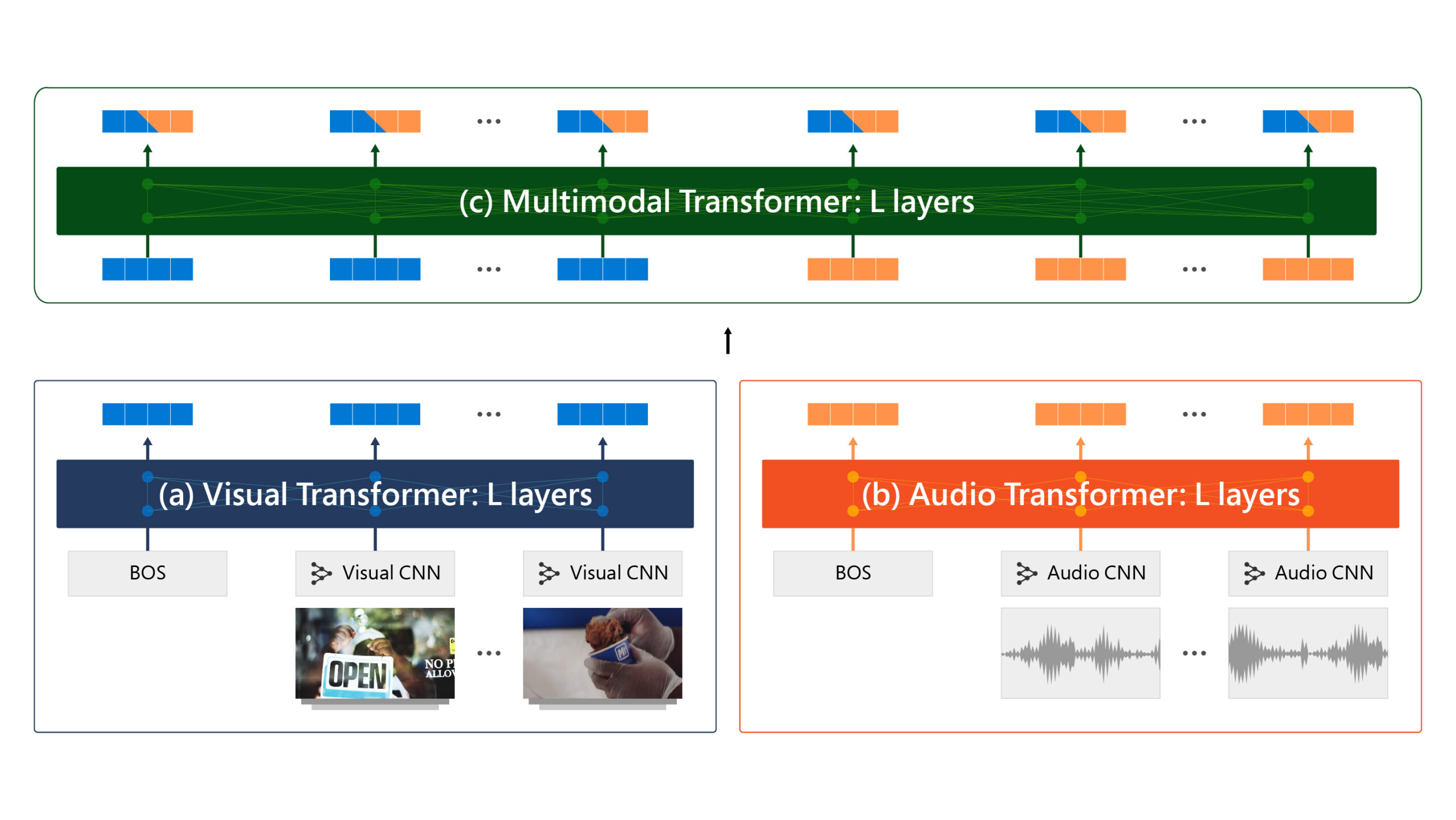
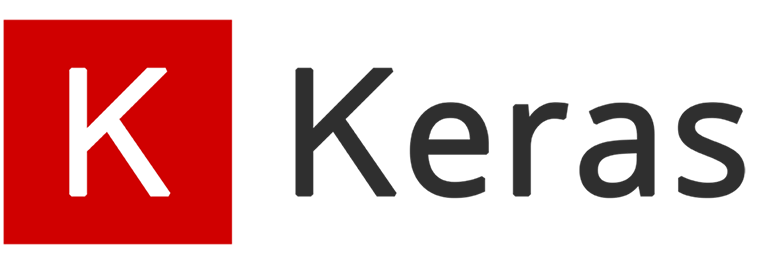

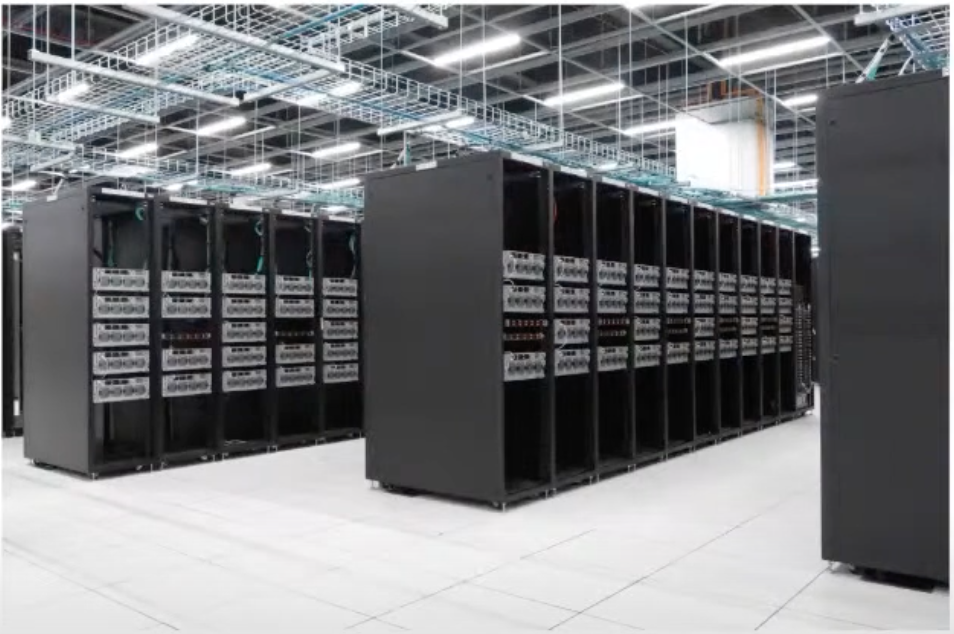
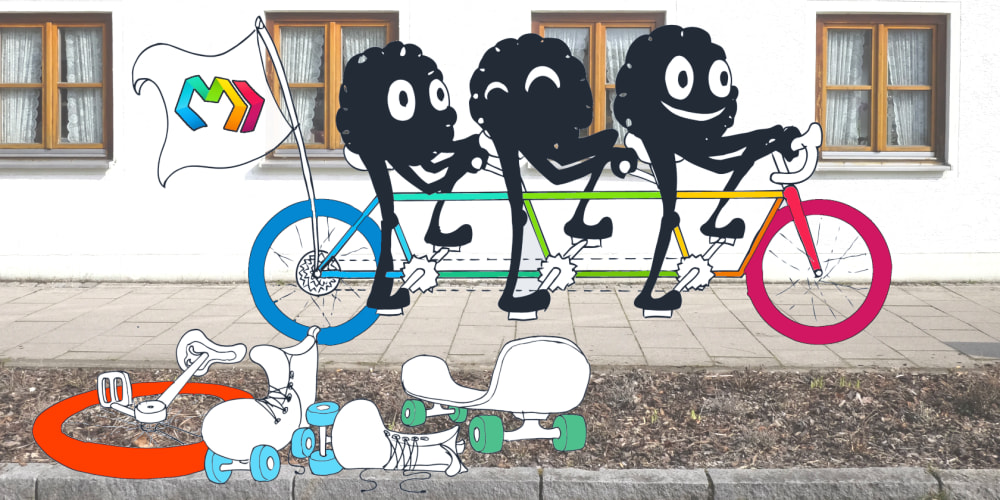
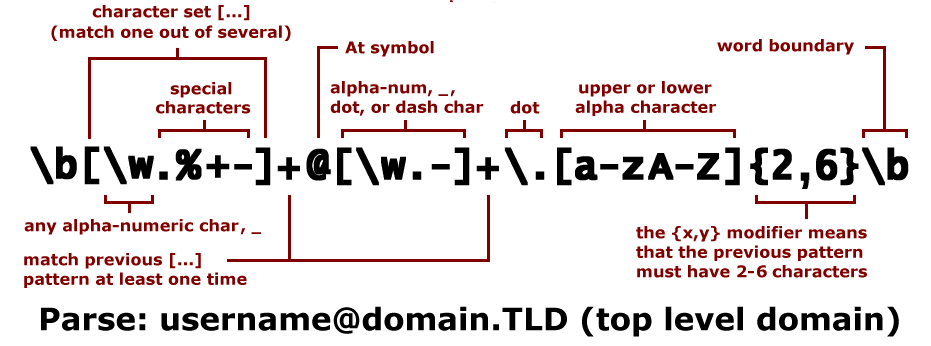
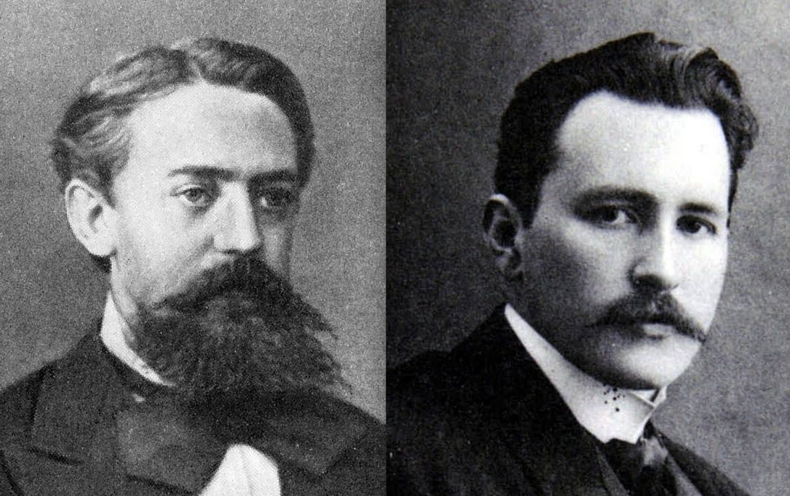



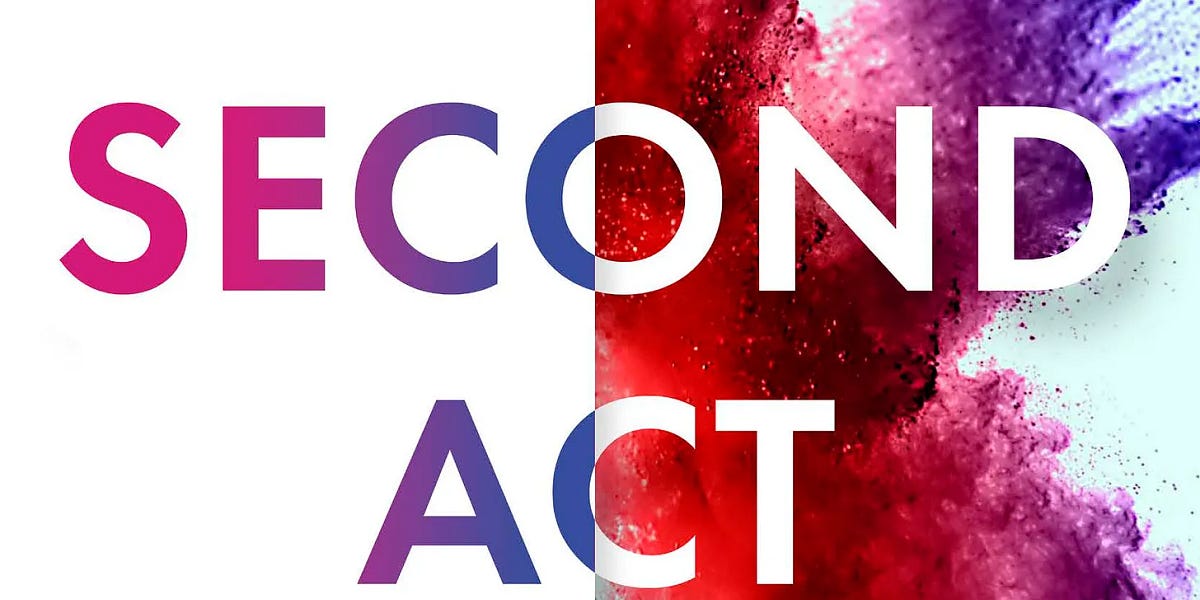

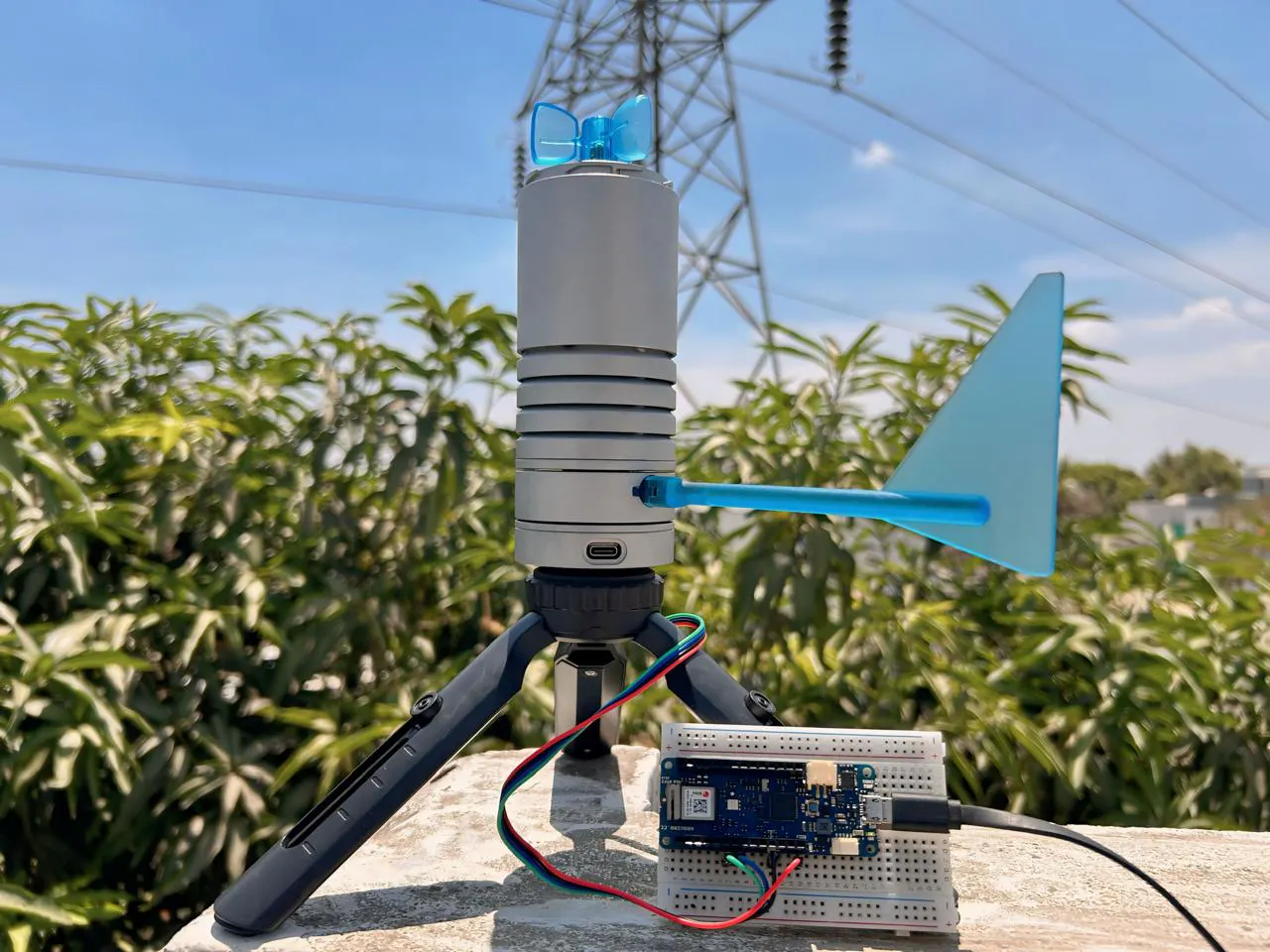



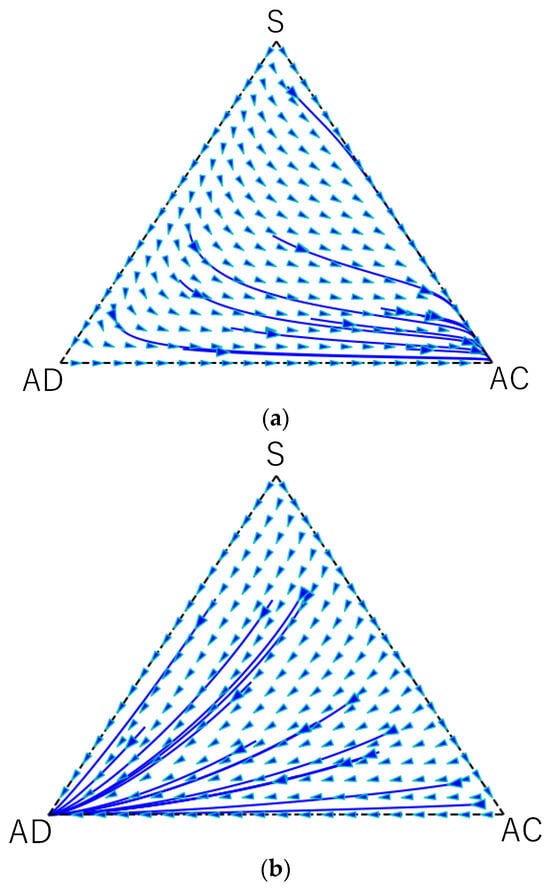



/cdn.vox-cdn.com/uploads/chorus_asset/file/25434354/Screenshot_2024_05_05_at_10.54.59_AM.png)
